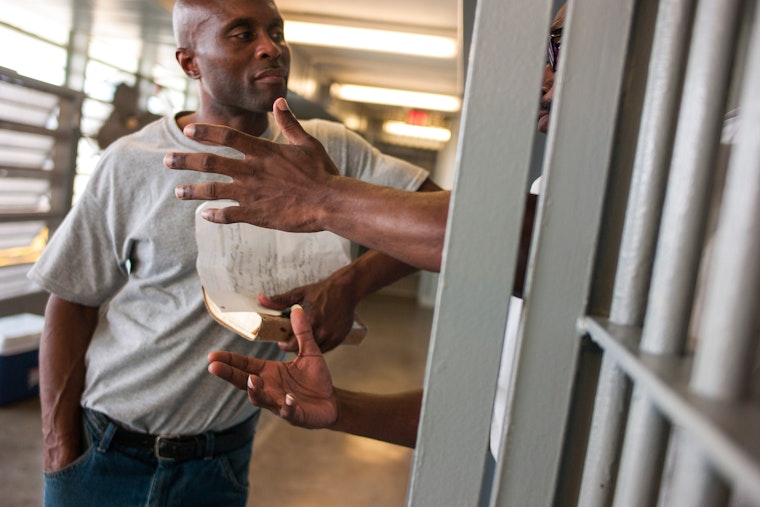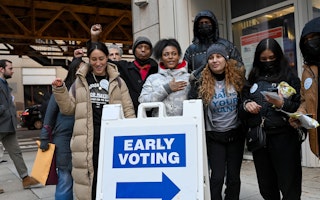Want to Slash Recidivism Rates? Educate the Incarcerated
By Christopher Scott & Nkechi Taifa

The Obama Administration has embarked on yet another blockbuster justice reform: a pilot project to restore federal funding for college education for people incarcerated in state and federal prisons.
Last week, by using an exemption that lifts certain rules governing aid programs for purposes of experimentation, the administration unveiled a plan to restore Pell Grant eligibility to some prisoners. The project is supported by a body of research that has found that recidivism rates averaging 50 to 70 percent could be reduced to 15 to 30 percent through postsecondary correctional education. The projected three-to-five year pilot program could produce new data on recidivism that is expected to be consistent with, or even better than, these previous findings.
The Second Chance Pell Pilot Program places much greater emphasis on the need for high-quality correctional education, including post-secondary correctional education, closing the skills gap so that incarcerated people are self-sufficient upon reentry.
Pell Grants, which fund college education based on need, save taxpayer money over the long term. As noted by the Education from the Inside Out Coalition, “For every dollar invested in correctional education programs, two dollars are saved through prevented recidivism.” Even Senator Claiborne Pell, the Rhode Island Democrat who created the Pell Grant, intended for prisoners to be able to use it, arguing that anyone who qualified for a grant, including the incarcerated, should get one.
That goal ended in 1994, however, when a provision of the Violent Crime Control and Safe Streets Act, signed into law by President Clinton, eliminated Pell Grant funding for prisoners. The former president recently said he regretted many of the provisions in that legislation, which reserved two-thirds of its total funding for law enforcement and prisons, and less than one-third for prevention programs. Any real, evidence-based debate about the wisdom of this was eclipsed at the time by partisan quarrels over certain social programs funded by the bill, such as midnight basketball programs.
More than 20 years later, there is now bipartisan momentum to fix many of the skewed policies from that flawed crime bill. The restoration of Pell Grants in correctional institutions is an intelligent investment in public safety that benefits society as a whole.
Christopher Scott is senior program manager, cities, with With Open Society–U.S.
Until November 2018, Nkechi Taifa was the advocacy director for criminal justice at the Open Society Foundations.


